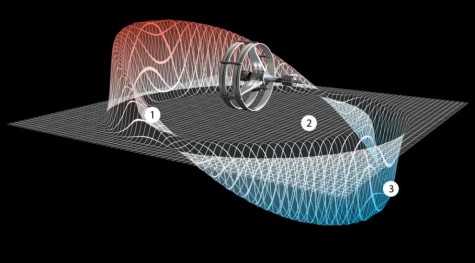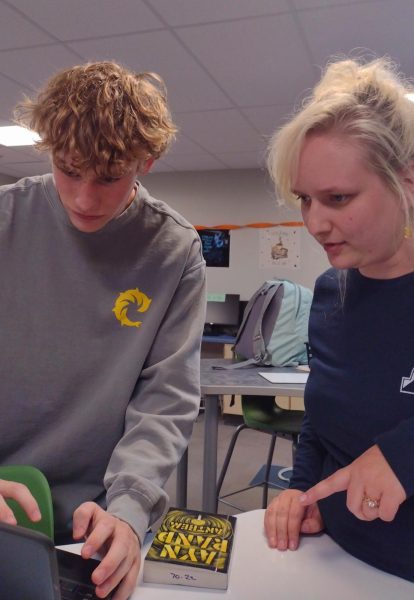Science Fiction Becomes a Reality
“Space the final frontier. These are the voyages of the Starship Enterprise. It’s five-year mission: to explore strange new worlds, to seek out new life and new civilizations, to boldly go where no man has gone before” [Star Trek: Enterprise].
Science fiction has been a huge inspiration for technological advances everywhere. Some inventions are still in progress while others have already begun to take off down the runway. From warp drives to invisibility cloaks, the dreams of science fiction fans are slowly becoming a reality for the world.
NASA is working on creating a warp drive [1]. Over the past few years, NASA has been looking at the possible designs that could be used for faster than light speeds (warp speed). Most recently, the idea of “folding space” has become the most realistic version of this. The idea states that rather than attempting to fly a spacecraft at speeds that would likely damage a ship and cause turbulence, one could stay on a flat plane and bend the space around you in order to “drive through space” with having barely even moved. Other ideas are being thrown onto the drawing board, such as traveling on light waves through space so you would travel at light speed. This would be similar to the journey taken by Voyager in the well known series Star Trek: Voyager. Though the warp drive has not yet been created, there are numerous different inventions that are based on Sci-Fi that have been created and are currently being improved upon.
Scientists at the University of St. Andrews and the Institute of Scientific Instruments have developed a working tractor beam [2]. A tractor beam is a device used to hold objects stationary or move them while holding them in a light beam. Currently, it is only working on a very small scale, pulling in particles with the biggest size at 1000 nm (nanometers). To get perspective on that particle size, a human hair is approximately 80,000- 100,000 nanometers wide. Creating this beam was an enormous leap in discovering how to manipulate particles through a light beam. Now, these scientists are working to make a large scale version of this tractor beam.
The University of Texas at Austin has developed an ultrathin invisibility cloak [3]. This cloak, rather than actually making a person invisible, uses the surrounding
environment to camouflage the person or object using the cloak. It works similarly to the cloak in the Harry Potter Series. Light waves bounce off of every object and, when the wave hits the eye, the brain interprets the light waves to create an image. By changing or disguising the light waves, you can hide the object under the cloak. That principle is what was used by this college, and the other members working on the project, to create this very thin, and very effective invisibility cloak.
One last sci-fi invention that has been created is the personal jetpack [4]. A few years ago, the first water jetpack was made. This used extreme water pressure shooting from jets in the pack to propel the person and shoot them into the air. Now, in New Zealand, an air based jetpack, or land based jetpack, has been created. It is called the Martin Jetpack and the company that owns it is called the Martin Aircraft Company. The current model is being tested to be used as an emergency response and supply vehicle. It is a one person jetpack and can transport an average person. These are not yet into full production, but a waiting list has been created for people who would like to buy them when they go on the market. It’s selling for the low cost of $150,000 US dollars, not including shipping or taxes, and if you decide you want to take your name off the waiting list, there is a $500 US dollar drop fee.
Hundreds of other Sci-Fi based inventions have been put onto the drawing board or are already being tested for production! These inventions, mentioned above or not, are just the beginning. They are constantly being improved and are the dawn of the scientific revolution.
Sources:
1. http://www.nasa.gov/centers/glenn/technology/warp/warpstat_prt.htm
2. http://www.st-andrews.ac.uk/news/archive/2013/title,97477,en.php
3. http://www.utexas.edu/news/2013/03/26/researchers-create-an-ultrathin-invisibility-cloak/
4. http://www.martinjetpack.com/





![[Man standing next to hooded figure.] 2013; Νέος «μαγικός» μανδύας αορατότητας; April 22, 2014; http://www.skai.gr/news/technology/article/227551/neos-ma gikos-manduas-aoratotitas-/](https://thejetstreamjournal.com/wp-content/uploads/2014/04/scifi3-475x244.jpg)









